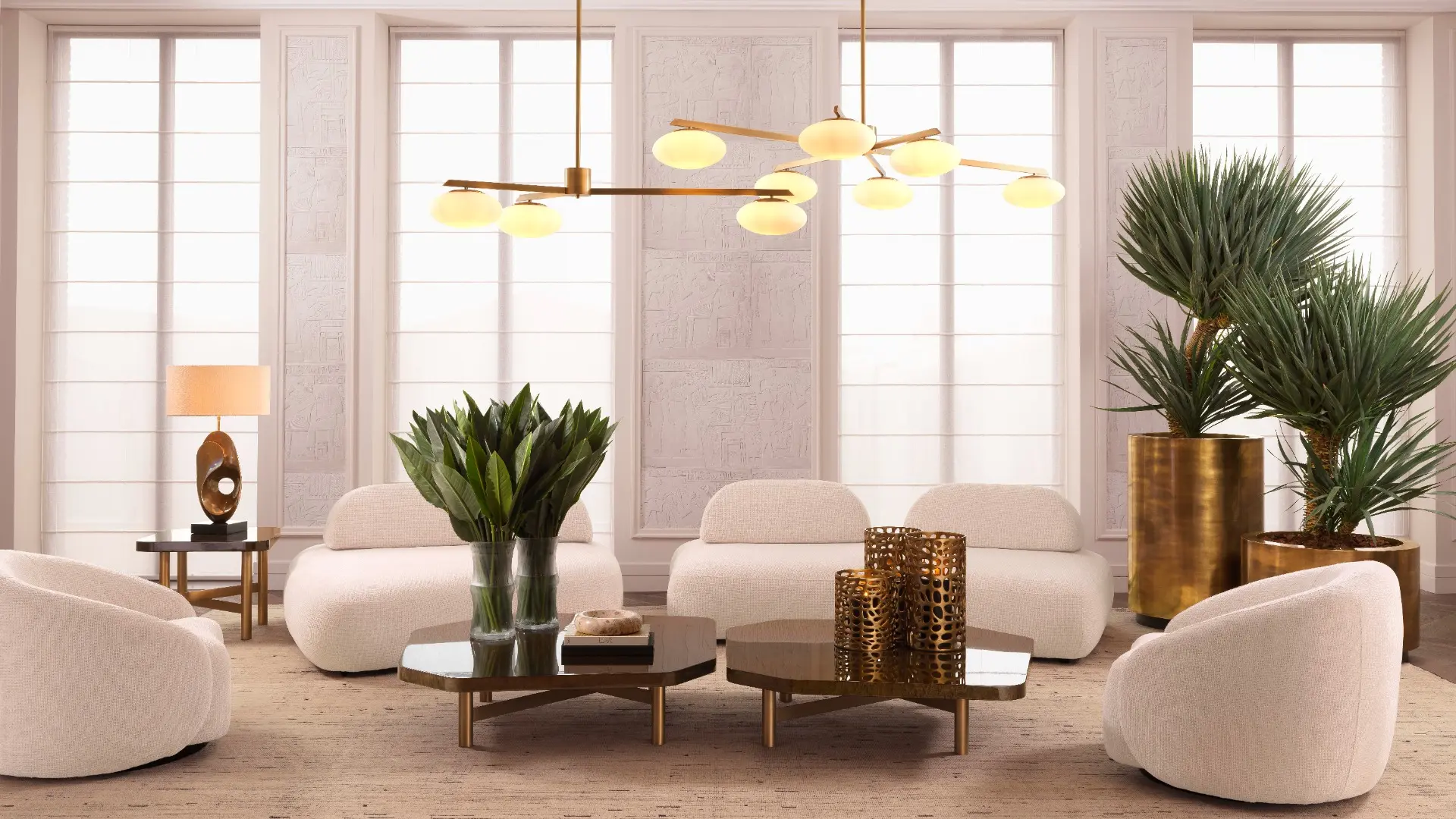Furniture, the quiet yet fundamental friend of human life, has risen above its utilitarian roots to turn into a fine art by its own doing. From the humblest wooden stool to the most unpredictably planned shelter bed, furniture serves as a facilitator of solace as well as an impression of social qualities, craftsmanship, and plan sensibilities.
Advancement of Furniture: From Usefulness to Style
The advancement of furniture matches the movement of human progress. Antiquated developments created simple seating and stockpiling arrangements from materials promptly accessible in their environmental factors. As social orders progressed, so did their furnishings, advancing from straightforward designs to elaborately cut works of art.
In old Egypt, furniture was utilitarian as well as representative, with plans frequently highlighting portrayals of divine beings and hieroglyphics. The Greeks and Romans raised furniture to another degree of complexity, integrating components of evenness and extent enlivened by their engineering ability.
The Medieval times achieved a shift towards heavier, more significant furnishings, frequently decorated with perplexing carvings and embellishments, mirroring the impact of Gothic and Renaissance craftsmanship developments. The Renaissance time frame, specifically, saw a resurgence of interest in old style structures, prompting the restoration of old Greek and Roman plan standards.
The Modern Unrest proclaimed another time of large scale manufacturing, democratizing admittance to furniture and introducing a period of normalization. Nonetheless, it likewise ignited a reaction against the motorization of craftsmanship, leading to Human Eichholtz expression and Specialties development, which supported the standards of high quality, distinctive furnishings.
Structure Follows Capability: Offsetting Utility with Plan
While usefulness stays principal in furniture plan, the marriage of structure and work has turned into the sign of remarkable craftsmanship. Creators endeavor to make pieces that fill their planned need as well as hoist the tasteful allure of their environmental elements.
Current furniture configuration is described by clean lines, moderate feel, and inventive utilization of materials. Creators explore different avenues regarding eccentric shapes and materials, pushing the limits of conventional furniture plan to make pieces that are both practical and outwardly striking.
Supportability has likewise turned into a vital thought in contemporary furniture plan, with originators progressively picking eco-accommodating materials and assembling processes. From recovered wood to reused plastics, economical furniture choices flourish, taking care of naturally cognizant customers.
The Convergence of Craftsmanship and Furniture
Imaginative articulation has no limits, and furniture fills in as a material for planners to exhibit their inventiveness and vision. From vanguard explanation parts of immortal works of art, furniture has the ability to summon feelings, incite thought, and move amazement.
Distinctive craftsmanship remains profoundly valued during a time of large scale manufacturing, with knowing customers searching out high quality furniture permeated with a feeling of history and custom. Whether it’s a hand-cut feasting table or a fastidiously woven rattan seat, high quality furniture pieces add a hint of credibility and character to any space.
End
Furniture rises above its utilitarian reason to turn into a type of imaginative articulation, typifying social qualities, plan sensibilities, and craftsmanship. From old civic establishments to advanced fashioners, the development of furniture mirrors the always changing embroidery of human innovativeness and advancement. As we keep on pushing the limits of plan and usefulness, furniture will stay an immortal image of human resourcefulness and imagination.